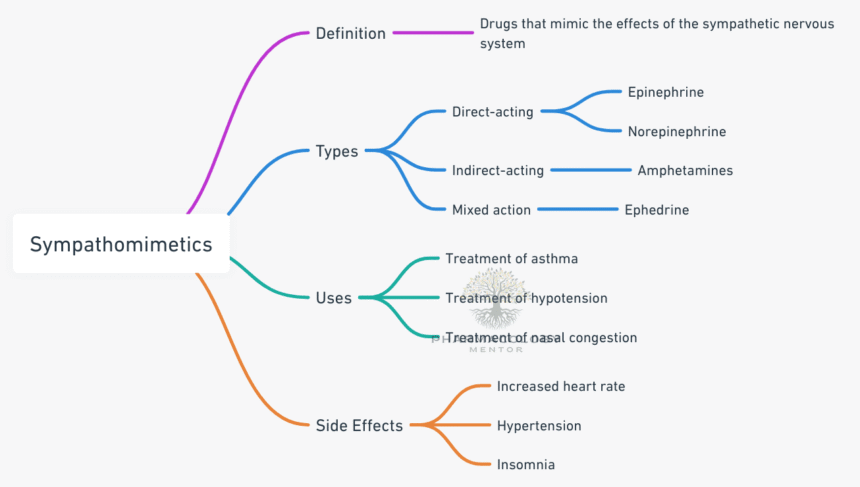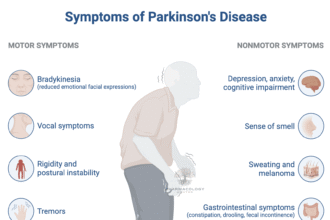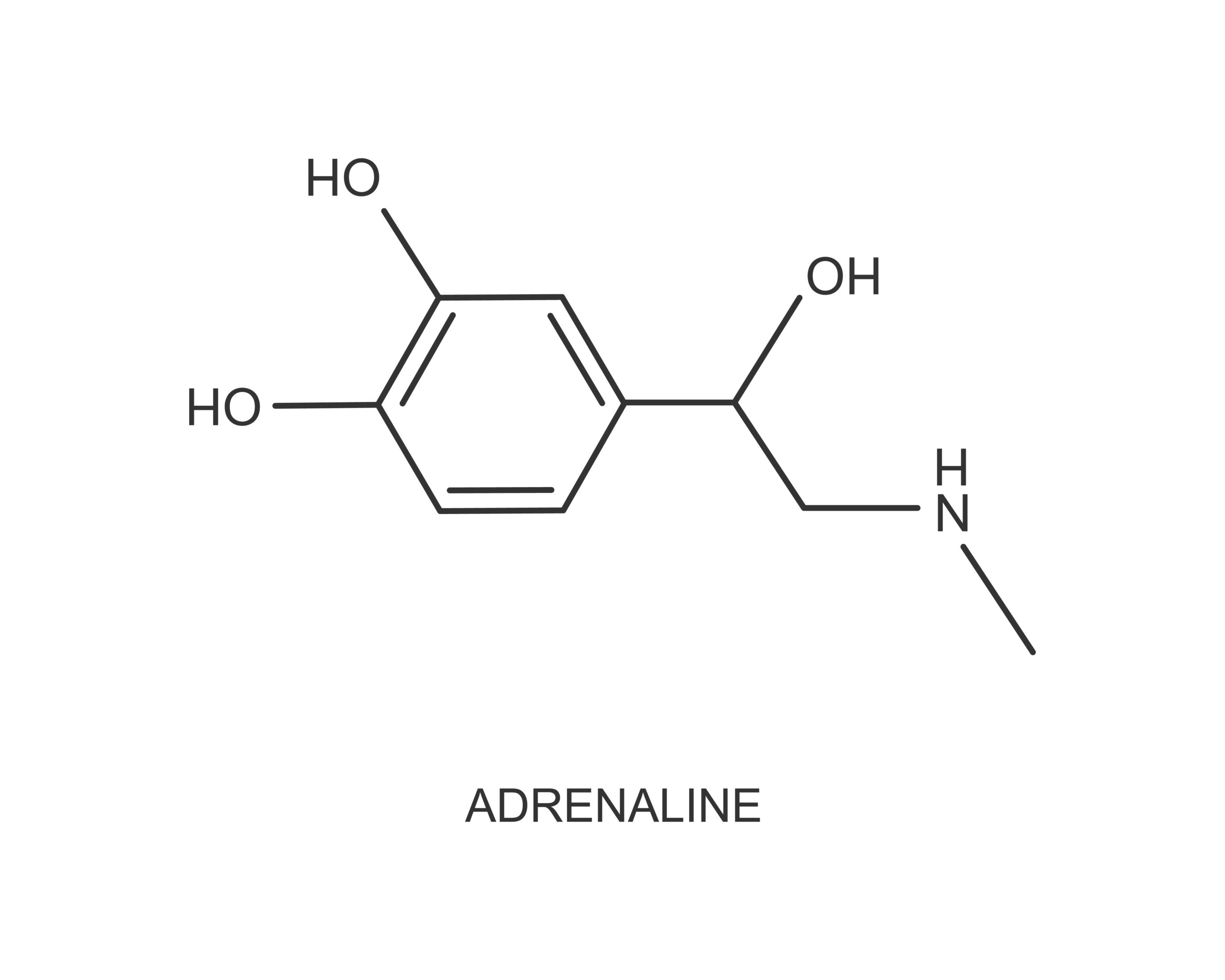Pharmacotherapy of Parkinson’s Disease
Introduction Parkinson’s disease (PD) is a common neurodegenerative disorder characterized predominantly by motor symptoms including bradykinesia, rest tremor, rigidity,…
Pharmacotherapy of Glaucoma
Introduction Glaucoma is a group of progressive ocular disorders characterized by damage…
Pharmacology of Sympathomimetics: Mechanisms, Clinical Applications, and Safety
Introduction to Sympathomimetics Sympathomimetic medications—also known as adrenergic agonists—are a diverse group…
Sympathetic and Parasympathetic Receptors: A Comprehensive Overview
Introduction The autonomic nervous system (ANS) plays a crucial role in regulating…
Cholinomimetic Drugs (Cholinergic Agonists / Parasympathomimetics)
Introduction Cholinomimetic drugs (also referred to as parasympathomimetics) are agents that mimic or enhance the actions of acetylcholine (ACh),…
Cholinergic Antagonists: A Comprehensive Guide to Parasympatholytics and Antimuscarinic Agents
Introduction Cholinergic antagonists, also known as parasympatholytics or antimuscarinic agents, are a…
Pharmacology of Pilocarpine
Introduction Pilocarpine is a naturally occurring alkaloid derived from the leaves of…
Pharmacology of Adrenaline
Adrenaline, also referred to by its international nonproprietary name epinephrine, is a naturally…
Pharmacolgy of Atropine: antimuscarinic agent
Introduction Atropine is a naturally occurring anticholinergic agent extracted from various plants…
Pharmacology of Pilocarpine: a muscarinic receptor agonist
Introduction Pilocarpine is a naturally occurring alkaloid primarily obtained from the leaves…



















